The BioTech trend evolved as structural and material technologies began to intersect directly with the human form. Instead of considering tools as being externally operated by the human body, this aesthetic mode seeks to harmonize technology with the human form, creating a symbiotic relationship that is present in footwear, body-worn consumer electronics devices, even orthopedic braces and prosthetic limbs. Particularly in the sports/fitness category where fit and performance can gain a critical advantage, the idea that technology should blend onto (and be inspired by) the human form as almost a symbiotic skin or structure took hold in the early 2000s. A few major brands have carried the torch and pushed the BioTech aesthetic to incredible levels, most notably Nike. Through their advances in materials science and production methods, as well as a well-funded study of the kinesiology of the human body, they truly embody this aesthetic. Unlike some brands (Oakley) for whom integration into the body’s natural movements and forms is only an applied ornamental style, Nike’s treatment of the BioTech aesthetic is heavily evidence- and research-based (although recently they’ve been heavily exploring blending BioTech with another theme, Angular Framework). Another strong driver of this aesthetic is the Olympics, where each sport’s constant push for increased incremental performance drives athlete’s apparel, footwear, and equipment. This stylistic mode has inspired many other industries with less direct connections to the human body, such as automotive interiors and exteriors , or consumer electronics that have a strong ergonomic component (Logitech). For designers working within this theme, forms tend to be highly organic, following the body’s natural contours when possible; sculpting tends to be crisp and flowing to accentuate the form, and not overly rounded or softened. Colors tend to be charcoal grays or blacks juxtaposed with vibrant chromatic accents; materials include technical woven elements, semi-translucent gels, and purposeful surface patterns for grip, airflow, or flexing. To see the root of this trend, see the Naturalism movement. One word of caution: applying this theme to objects that rarely have any interaction with the human body (like a server tower, air purifier, or blu-ray player) is not recommended: the results will always seem forced, ornamental, and not purposeful to the functionality of the product.

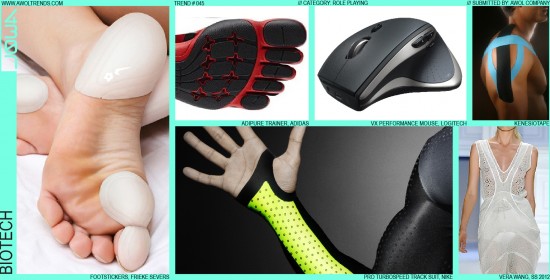
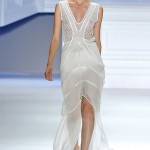
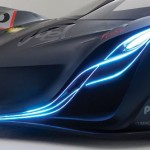
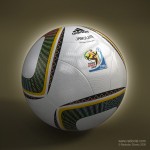


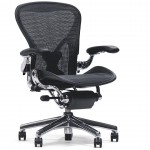
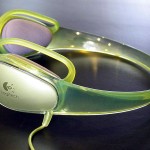
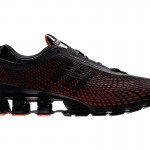
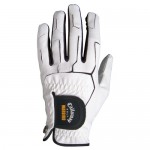


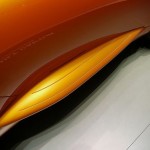

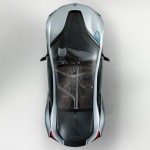
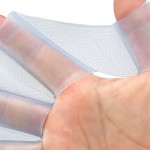


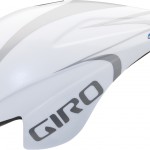
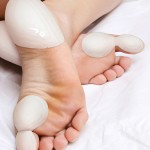
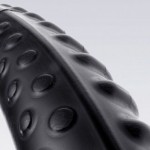
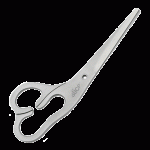
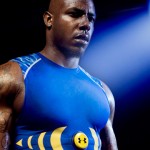
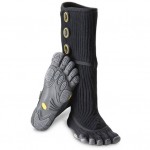
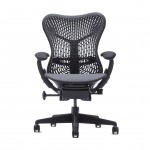
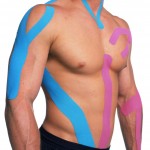
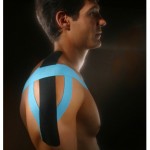
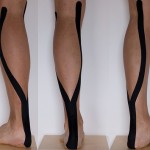



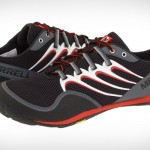
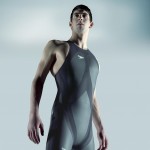
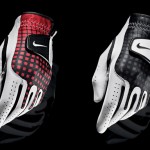

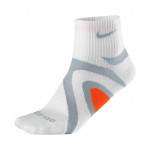
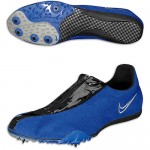
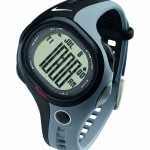
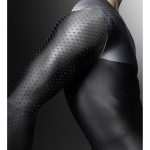
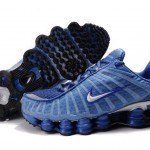

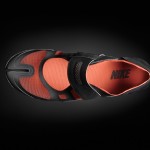

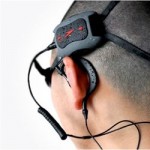
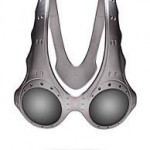

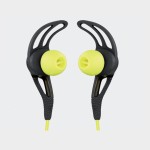

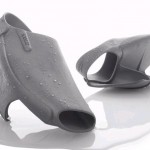
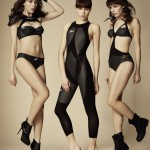
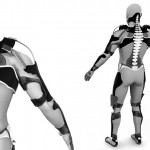
Its really intresting to see how body worn technology has gravitated around this look, wonder if something new will come along?
A lot of it is dictated by form and materials. The better a device or garment hugs the human form, the better it generally performs from a movement/performance standpoint. And we’re always coming up with new materials that push speed, structure, breathability, or moisture-wicking properties, and those typically have some kind of repeated pattern that is key to this aesthetic. I think this stylistic mode has a lot of legs still, and it will just get amplified before it starts to decline…
-AWOL Trends
tremendous work here